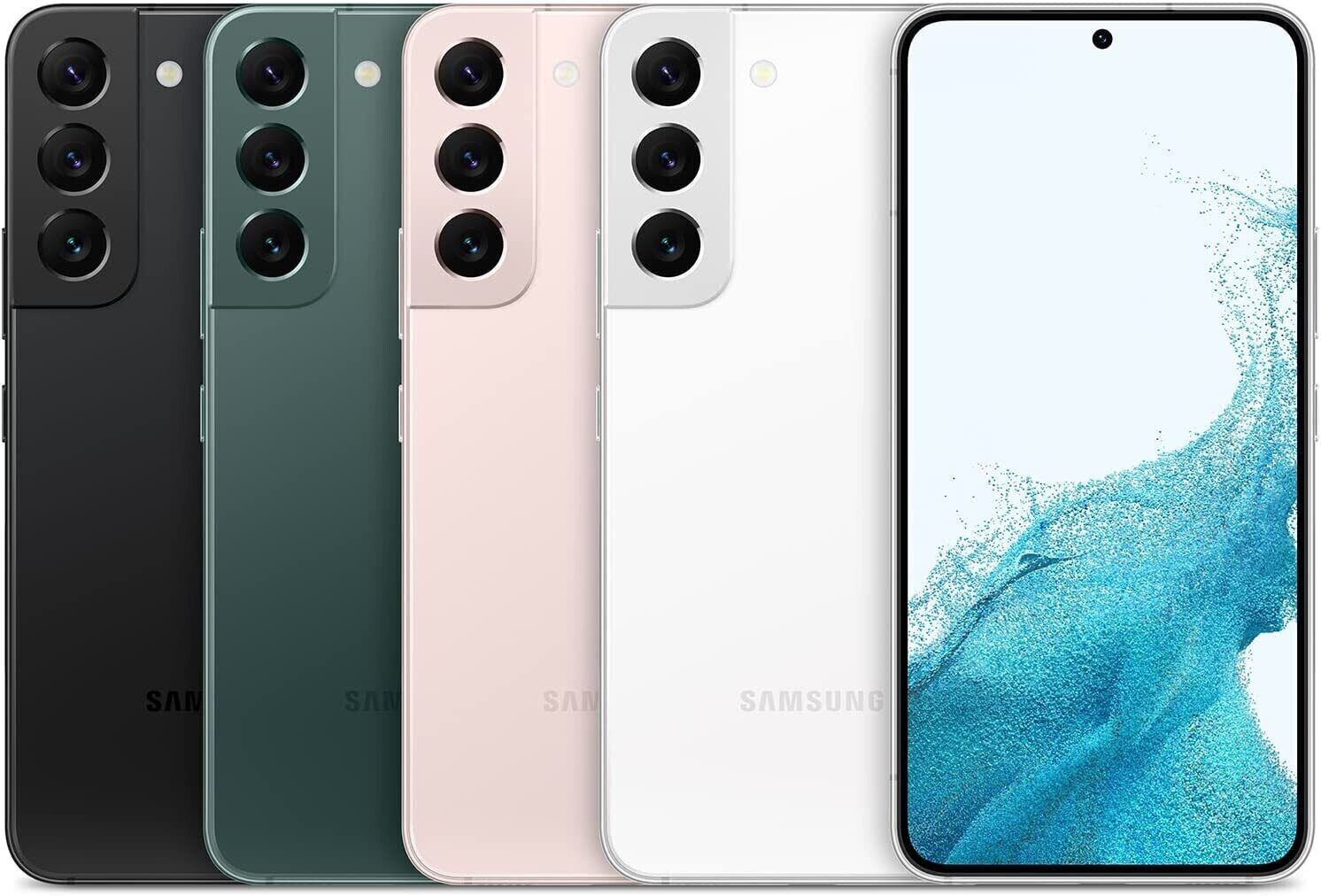
Introduction
Finding the perfect smartphone within a budget can be challenging. With numerous options available, having a comprehensive guide helps in making an informed decision. This article provides detailed reviews and recommendations for top Android phones under 10000 INR. Whether you're a casual user or an avid gamer, this expert analysis covers the best options in this price range.
Criteria for Selection
Understanding the criteria used for selecting these phones is crucial. Here are the key factors considered:
- Performance: Processor, RAM, and overall performance.
- Display: Quality, size, resolution, and refresh rate.
- Camera: Features of the camera system, including front and rear cameras.
- Battery Life: Battery capacity and charging speed.
- Software: Android version and additional software features.
- Design: Build quality, aesthetics, and durability.
- Additional Features: Unique features like water resistance, fingerprint scanner, or headphone jack.
Top Android Phones Under 10000
Xiaomi Redmi 10
Price: Around 8000 INR
Processor: MediaTek Helio G88
RAM: 4GB/6GB
Display: 6.5-inch HD+ display with 90Hz refresh rate
Camera: Dual rear camera with 50MP primary sensor and 2MP macro sensor; 8MP front camera
Battery Life: 5000mAh battery with 18W fast charging
Software: MIUI 13 based on Android 11
Design: Polycarbonate back with a glossy finish; IP53 rating for dust and splash resistance
The Xiaomi Redmi 10 offers impressive performance and features for a budget-friendly device. The MediaTek Helio G88 processor ensures smooth operation, while the 6.5-inch HD+ display with a 90Hz refresh rate provides a seamless viewing experience. The dual rear camera setup captures high-quality images, and the 8MP front camera is perfect for selfies. The 5000mAh battery offers all-day battery life, and 18W fast charging ensures quick top-ups.
Samsung Galaxy M32
Price: Around 9000 INR
Processor: MediaTek Helio G80
RAM: 4GB/6GB
Display: 6.4-inch FHD+ display with 90Hz refresh rate
Camera: Quad rear camera with 64MP primary sensor, 8MP ultra-wide-angle lens, 5MP macro lens, and 2MP depth sensor; 20MP front camera
Battery Life: 5000mAh battery with 15W fast charging
Software: One UI 3.1 based on Android 11
Design: Polycarbonate back with a glossy finish; IP64 rating for dust and splash resistance
The Samsung Galaxy M32 stands out with its robust performance and vibrant display. The MediaTek Helio G80 processor ensures smooth operation, while the 6.4-inch FHD+ display with a 90Hz refresh rate offers vibrant colors and smooth visuals. The quad rear camera setup captures a variety of scenes, from landscapes to portraits. The 20MP front camera is ideal for selfies and video calls. The 5000mAh battery provides all-day battery life, and 15W fast charging ensures quick recharging.
Realme 7
Price: Around 8000 INR
Processor: Qualcomm Snapdragon 662
RAM: 4GB/6GB
Display: 6.5-inch HD+ display with 90Hz refresh rate
Camera: Quad rear camera with 48MP primary sensor, 8MP ultra-wide-angle lens, 2MP macro lens, and 2MP depth sensor; 16MP front camera
Battery Life: 5000mAh battery with 30W fast charging
Software: Realme UI 2.0 based on Android 11
Design: Polycarbonate back with a glossy finish; IPX4 rating for dust and splash resistance
The Realme 7 offers a powerful performance with its Qualcomm Snapdragon 662 processor. The 6.5-inch HD+ display with a 90Hz refresh rate provides an immersive viewing experience. The quad rear camera setup captures high-quality images, and the 16MP front camera is perfect for selfies. The 5000mAh battery offers all-day battery life, and 30W fast charging ensures quick top-ups.
Poco X3 Pro
Price: Around 9000 INR
Processor: Qualcomm Snapdragon 860
RAM: 6GB/8GB
Display: 6.67-inch FHD+ display with 120Hz refresh rate
Camera: Quad rear camera with 48MP primary sensor, 8MP ultra-wide-angle lens, 2MP macro lens, and 2MP depth sensor; 20MP front camera
Battery Life: 5160mAh battery with 33W fast charging
Software: MIUI 12 based on Android 11
Design: Polycarbonate back with a glossy finish; IP53 rating for dust and splash resistance
The Poco X3 Pro offers exceptional value for money with its high-performance Qualcomm Snapdragon 860 processor. The 6.67-inch FHD+ display with a 120Hz refresh rate provides an incredibly smooth viewing experience. The quad rear camera setup captures high-quality images, and the 20MP front camera is ideal for selfies. The 5160mAh battery provides all-day battery life, and 33W fast charging ensures quick recharging.
Oppo A54
Price: Around 8000 INR
Processor: MediaTek Helio P35
RAM: 4GB/6GB
Display: 6.5-inch HD+ display with 60Hz refresh rate
Camera: Dual rear camera with 13MP primary sensor and 2MP macro sensor; 8MP front camera
Battery Life: 5000mAh battery with 18W fast charging
Software: ColorOS 11.1 based on Android 11
Design: Polycarbonate back with a glossy finish; IPX4 rating for dust and splash resistance
The Oppo A54 offers impressive performance and features for a budget-friendly device. The MediaTek Helio P35 processor ensures smooth operation, while the 6.5-inch HD+ display provides a good viewing experience. The dual rear camera setup captures decent images, and the 8MP front camera is perfect for selfies. The 5000mAh battery offers all-day battery life, and 18W fast charging ensures quick top-ups.
Final Recommendations
- Best Overall: Xiaomi Redmi 10
- Best Camera: Samsung Galaxy M32
- Best Performance: Poco X3 Pro
- Best Battery Life: Realme 7
- Best Budget Option: Oppo A54
Each device has unique strengths and weaknesses, but all provide exceptional value for money. By understanding specific needs and preferences, choosing the perfect Android phone under 10000 becomes easier, enhancing the smartphone experience.
